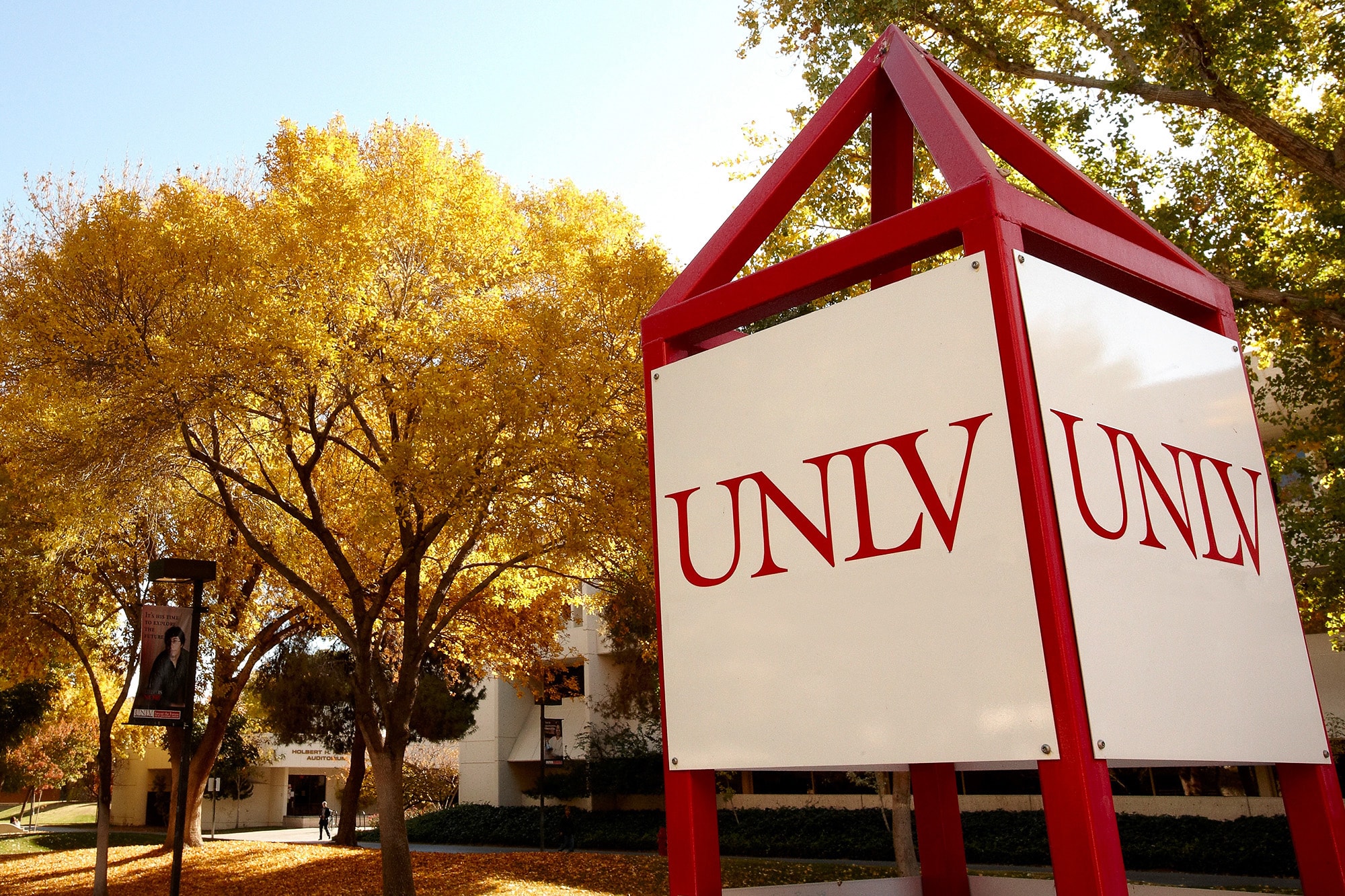Renowned painter and conceptual artist Richard Prince will be a guest speaker at 8 p.m. Oct. 29, as part of the UNLV Art Department's Visiting Artist Program, coordinated by art professor Robert Wysocki. The lecture will be held in Classroom Building Complex, Room A-108, on the UNLV campus. It is free and open to the public.
Since the beginning of his career, Prince has addressed such issues as real vs. counterfeit and original vs. copy. In the1970s and 80s, he gained attention for appropriating photographs. His examination of high and low culture used the imagery of cowboys, 'biker chicks', actors, porn stars and pop stars, the various heroes and villains of our culture, as icons. Between 1980 and 1984, Prince's most famous pieces were those of the Marlboro Man. He re-photographed these ads deleting their text, turning the cowboy icon into a ridiculous symbol.
The contemporary work of Prince, though totally different, is no less sarcastic. During the mid-1990s, Prince stopped the photographs and began to make abstract expressionistic paintings. Beneath the forms he applied meticulously hand-applied sentences: "Do you know what it means to come home at night to a woman who'll give you a little love, a little affection, a little tenderness? It means your (sic) in the wrong house, that's what it means," reads 1996's "The Canal Zone II." This mixture of text and images was intended to become disturbing to the viewer who expected the rhythmic comfort of the abstract dreamscape, but was instead confronted with lyrical adultery, abuse and cynicism. Prince has said that his intent was, in today's incredibly fragmented and individualistic art world, to make paintings that left nothing to interpretation. These works form a complex reflection of contemporary society, its media cultures, and the prejudices of the art world itself.
Prince was born in 1949 in Panama Canal Zone and currently lives and works in New York. He has shown internationally at Barbara Gladstone (New York), Whitney Museum (New York), Metro Pictures (New York), Museum of Modern Art (San Francisco), Stuart Regen Gallery (Los Angeles) and White Cube (London).



